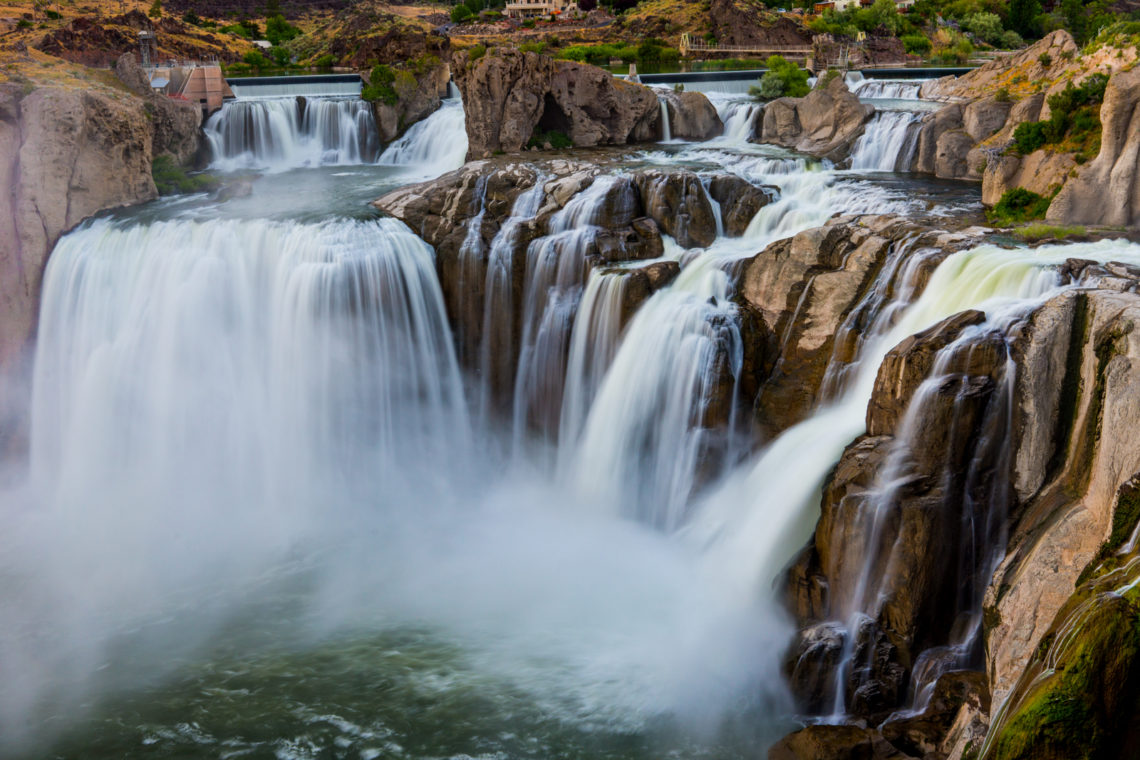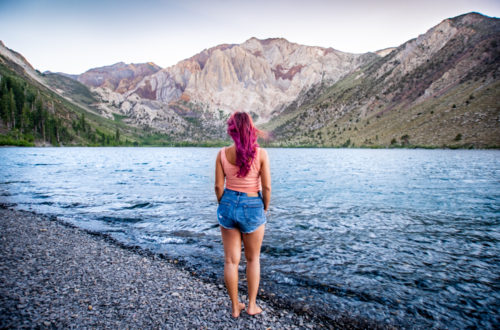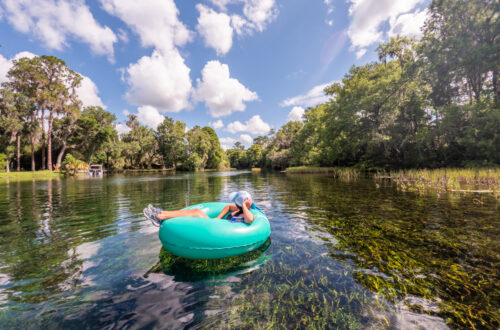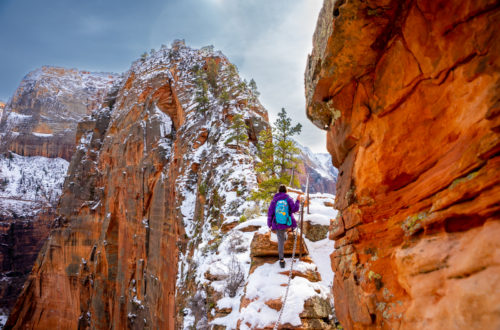Located at the edge of Twin Falls, Shoshone Falls is among the most spectacular of natural beauties along the Snake River. With its height at 212 feet, the falls is about 45 ft higher than Niagara Falls. It is also known as “Niagara of the West.” The water flows over a rim nearly 1,000 ft wide. They are best viewed during the spring and early summer when water flows are high – depending on winter snow melt. Irrigation diversion of Snake River flows can significantly diminish water over the falls in the summer and fall, particularly during dry years.
The history of Shoshone Falls is quite interesting. According to Wikipedia, the falls formed by catastrophic outburst flooding during the Pleistocene ice age about 14,000 years ago. Shoshone Falls marks the historical upper limit of fish migration (including salmon) in the Snake River. It was an important fishing and trading place for Native Americans. The falls were documented by Europeans as early as the 1840s; despite the isolated location, it became a tourist attraction starting in the 1860s.
At the beginning of the 20th century, part of the Snake River was diverted for irrigation of the Magic Valley. Now, the flows over the falls can be viewed seasonally based on snowfall, irrigation needs, and hydroelectric demands. Irrigation and hydroelectric power stations built on the falls were major contributors to the early economic development of southern Idaho.
You can read more about our kayaking adventure to the bottom of Shoshone Falls.
Happy Adventuring. Don’t forget to follow us on Instagram, subscribe to our Youtube channel, and sign up for our newsletter!







2 Comments
Mike
NATIONAL GEOGRAPHIC has said that the Hudsons Bay Company had an outpost in the vicinity that it used for portage around the Falls. Has anyone ever been able to determine its location?
E-World Bus Tours
Thanks for the wonderful post. I enjoyed your article.